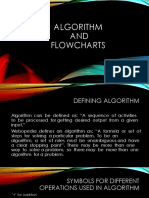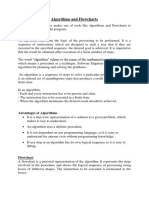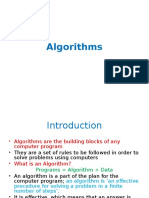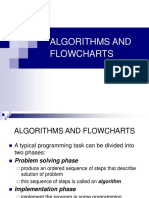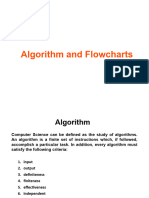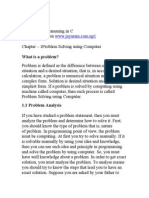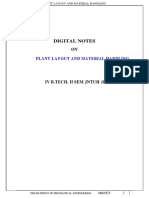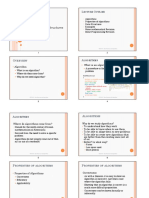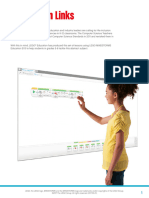0% found this document useful (0 votes)
25 views14 pagesAlgo FlowChart
The document outlines the software development process, detailing phases from problem definition to maintenance, and emphasizes the importance of algorithms in programming. It describes techniques for representing algorithms, such as flowcharts and pseudocode, and highlights the characteristics and building blocks of algorithms. Additionally, it includes examples and assessments related to programming concepts and algorithms.
Uploaded by
kobhyCopyright
© © All Rights Reserved
We take content rights seriously. If you suspect this is your content, claim it here.
Available Formats
Download as PDF, TXT or read online on Scribd
0% found this document useful (0 votes)
25 views14 pagesAlgo FlowChart
The document outlines the software development process, detailing phases from problem definition to maintenance, and emphasizes the importance of algorithms in programming. It describes techniques for representing algorithms, such as flowcharts and pseudocode, and highlights the characteristics and building blocks of algorithms. Additionally, it includes examples and assessments related to programming concepts and algorithms.
Uploaded by
kobhyCopyright
© © All Rights Reserved
We take content rights seriously. If you suspect this is your content, claim it here.
Available Formats
Download as PDF, TXT or read online on Scribd
/ 14






